
7 Crucial Guidelines for Conducting Food Safety Audits
Introduction Operations in food services have to guarantee food safety if they are to maintain consumer health and brand reputation....
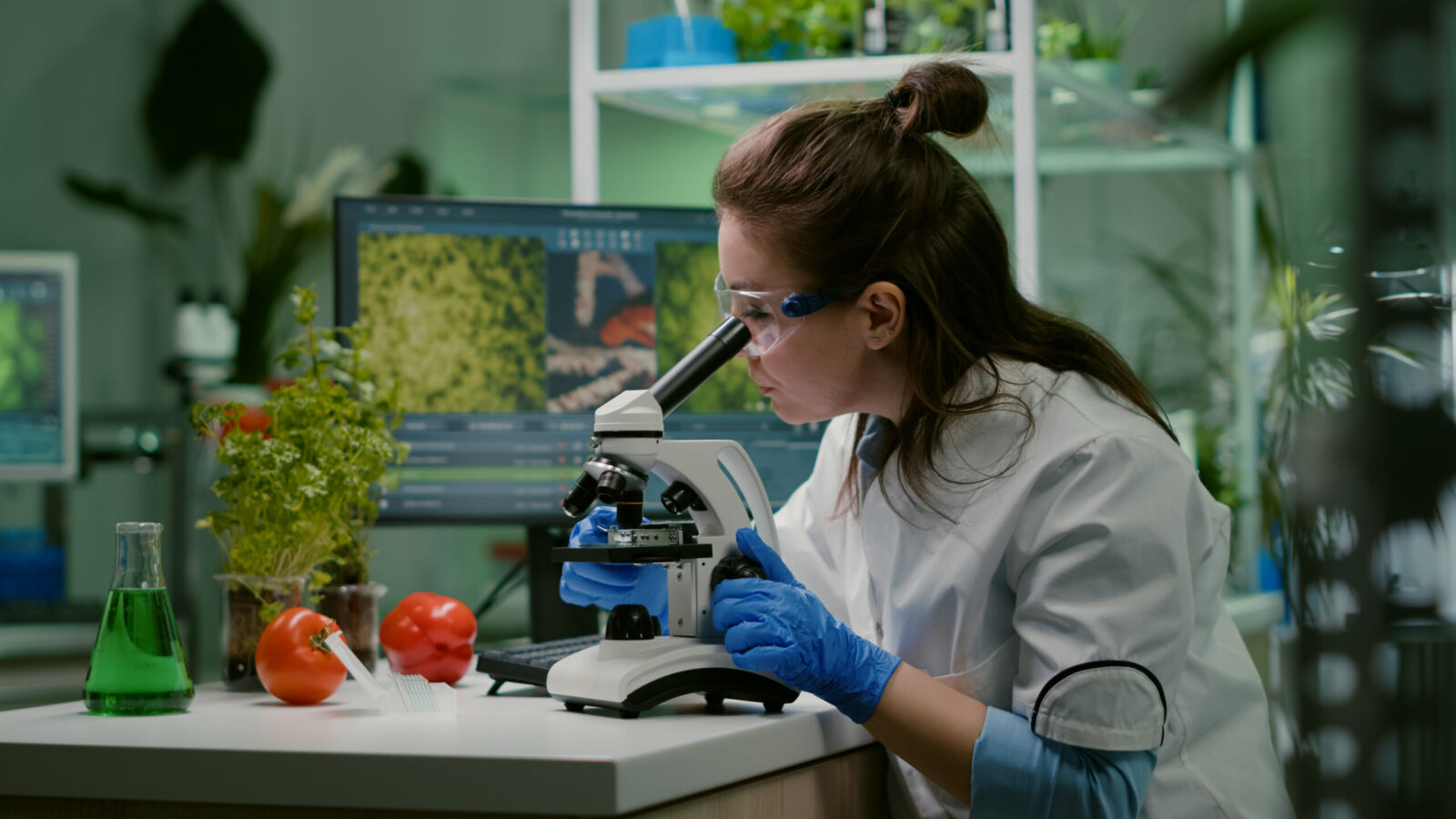
Get 20€ off on your first order!
Food safety is crucial in the food service sector, affecting public health, brand reputation, and corporate profitability. According to WHO data, foodborne infections are serious, thus businesses must prioritise safety. A good staff training program is one of the best methods to assure food safety. This article discusses food safety training, major issues, and how to create a successful program to safeguard customers and companies from food handling hazards.
Food should fuel our bodies and thoughts and maintain life. However, food poisoning that causes disease and death is concerning.
According to WHO:
Food safety is a crucial problem for hotels, restaurants, pubs, catering, event planning, and travel & tourism. Failure to ensure food safety endangers millions of customers and damages brand reputation.
So it should be a priority risk that needs cautious treatment to minimise consumer health hazards, costly product recalls, lost productivity, and low employee morale.
Food safety is best ensured by frequent employee training on safety, compliance, regulations, and practices. This will educate your staff on safety and product delivery.
Professional food safety training educates employees and managers on food safety and cleanliness. Food service companies must routinely train. No matter if they grow, prepare, package, store, or provide food.
This course covers food safety laws, regulations, and policies like:
The FDA Food Safety Modernisation Act
Hazard Analysis Critical Control Point
The FFDCA
The goal is quality control to ensure safety.
For several reasons, food safety training is important. The hotel sector can accomplish the following:
Everyone cares about safety. Everyone in the food industry needs food safety training. They include managers and staff at all levels. Everyone who prepares, stores, serves, or transports food needs formal training.
Employee training or cross-training should be done yearly, quarterly, or monthly, depending on regulatory requirements and corporate safety rules. Write and establish a safety training strategy on your training calendar.
The USDA lists food safety issues for food services training. Some instances are below:
Some foods include microorganism-produced toxins. Though harmless to creatures, some compounds are poisonous to humans.
The examples are aflatoxins, glycoalkaloids, ciguatoxins, and patulin.
Training can help staff detect and avoid these poisons by boiling or soaking.
Clostridium botulinum, Bacillus cereus, and Salmonella may cause severe infections. A specialised program may teach your staff to prevent infections from contaminating food.
Training on mercury, pesticides, radioactive materials, and polychlorinated biphenyls may assist your personnel understand these toxic compounds.
These toxins can infiltrate our food systems through the environment, producing health problems.
Technology like agricultural biotechnology, pasteurisation, and nanotechnology are used in food processing. Students learn how to prepare, package, preserve, and keep food nutritious content utilising contemporary technology.
Food hygiene, personnel and equipment cleanliness, and quality assurance are the key topics of this training. Food manufacturing sanitation training includes risk assessment, management, and communication.
Food safety training may teach your personnel all the necessary skills to ensure product and service safety. Here are some:
Any compliance and safety concern rely heavily on leadership. To protect staff and consumers, capable leaders raise awareness, guide, enforce, and monitor food safety practices.
Food safety training helps people lead, communicate hazards, encourage coworkers, and establish trust.
Food service workers should be able to detect and report safety and emergency situations. Food safety training emphasises communication skills.
Employees learn to communicate effectively and correctly by overcoming typical roadblocks so they can take timely action.
These food safety abilities involve timely client service and achieving their expectations for safe and hygienic meals.
Customers are important in the hotel, restaurant, and tourist sectors, thus food safety training teaches these abilities.
Preventing all health dangers requires timely workplace hazard identification and risk assessment. Food contamination issues are included.
Food safety inspectors and committee members receive formal training on these topics. They learn how to adopt preventative health and safety precautions in this program.
Let’s create a food safety training plan now that you know what it is, why it’s vital, and what topics staff need to understand.
Before that, watch this case study video on how a global business trained its staff on safety.
For effective food safety training, use best practices like any professional development program. This step-by-step instruction covers all the essentials.
A food safety risk analysis is necessary to determine the health hazards of your commercial food products. The study includes risk assessment, communication, and management.
Chemical analytical method (CAM), macroanalytical procedures manual (MPM), and mass spectrometry are laboratory-based testing and analysis methodologies.
Company safety policies vary. You must update, remove, or add them to follow industry trends.
Check your policies often to ensure you have the newest rules. Old rules won’t comply with new requirements, putting your organisation at danger.
Corporate training programs usually have business purposes. To make learning and development relevant and quantifiable, link it with long-term goals. This will also broaden your perspective.
To create a safety culture, you must teach your personnel on food safety, including safety testing, correct preparation, packing, and storage, and individual and team responsibility.
Workplace productivity requires the correct tools to boost speed, efficiency, and production. For optimal learning, kids require the correct training options.
An LMS is the most popular corporate platform nowadays. These systems let users:
You need the greatest food safety training classes and a powerful instrument. This will help you raise awareness, teach fundamental skills, and inspire personnel.
You may construct your own role-based training courses or import existing materials, but you can also use professionally prepared, customisable courses and templates. Some top LMSs offer a collection of these materials.
Food safety inspections are the greatest way to prevent foodborne diseases and protect personnel and consumers. You should inspect food preparation, packing, storage, and service to ensure personnel follow safety rules.
Before your food reaches customers, detect and solve health problems at the source.
A standard food safety checklist should include:
Post-training assessments show if the program was successful. You may evaluate your training programs’ impact on your company goals. This lets you optimise training for maximum outcomes.
Employee training efficacy may be assessed via questionnaires, online feedback surveys, training feedback forms, and one-on-one feedback.
Safety and compliance requirements are updated often to match current workplace needs. Employees at all levels must follow these industry standards in word and spirit, which can only be done by staying current.
This will comply with current regulations, eliminate legal obligations, and most importantly, keep everyone safe. These legislative changes should be included in your safety training strategy to provide appropriate knowledge.
All employees should understand their role in maintaining food, customer, and personal safety in the workplace.
Everyone should be responsible for safety and all employees should be held accountable. Only then will staff training pay off.
Your food safety training should result in a sustainable workplace safety culture. It should be first.
You should consider the following:
Food safety training helps employees understand their duties. They can better protect customers.
Most established firms understand food safety training, why it’s necessary, and who’s covered by food safety rules. Training plan creation, implementation, and monitoring progress, difficulties, and milestones are harder.
Because of everyone’s health and safety, food service companies must follow safety rules.
This book will help you create and implement a successful employee program. To accomplish that, do:
Having trouble deploying your programs without a training tool? Don’t worry. Market solutions abound. Select one that best suits your company needs. Use a free trial or demo of the product before buying to ensure you get the best one.
Food service organisations must develop an effective food safety training program to safeguard public health, comply, and retain their reputation. Companies may train their personnel to handle food safely and responsibly by risk assessment, creating business goals, using the correct tools and courses, and promoting safety. Creating and frequently assessing a thorough training program improves food safety and assures long-term success and customer trust.
Thank you! You've signed up for our newsletter.
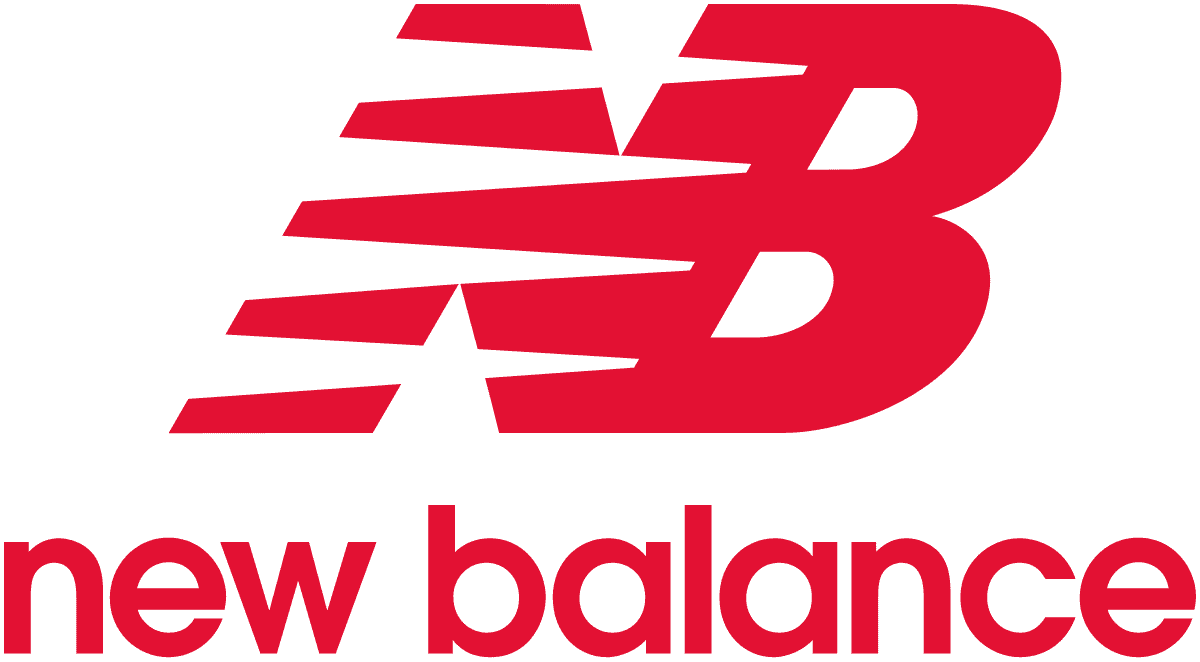

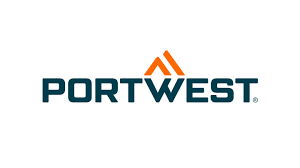
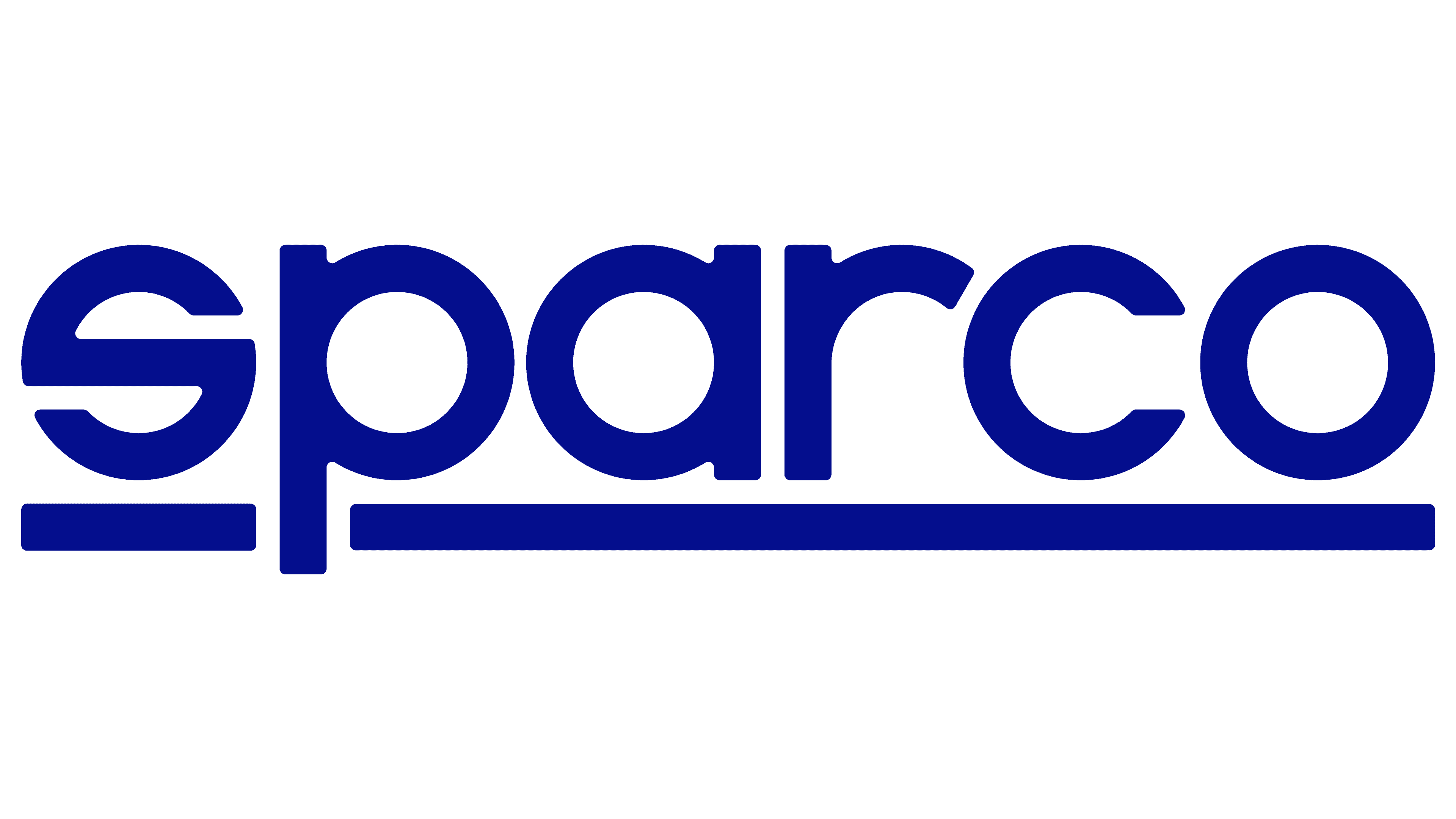
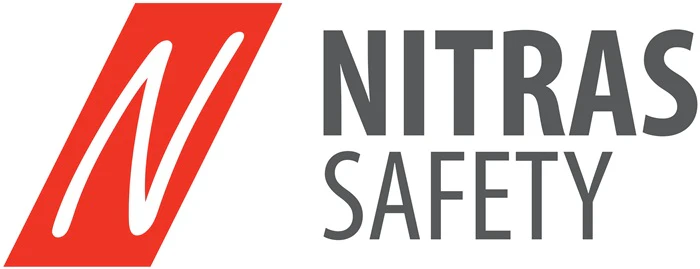














Introduction Operations in food services have to guarantee food safety if they are to maintain consumer health and brand reputation....

Introduction Food safety is first in importance in the linked world of today; global supply networks provide both possibilities and...

Introduction: Restaurant food safety involves both taste and health code compliance. Foodborne infections from health code breaches can put consumers...

Introduction Operations in food services have to guarantee food safety if they are to maintain consumer health and brand reputation....

Introduction Food safety is first in importance in the linked world of today; global supply networks provide both possibilities and...

Introduction: Restaurant food safety involves both taste and health code compliance. Foodborne infections from health code breaches can put consumers...
Get 20€ off on your first order!
Save 30% by buying directly from brands, and get an extra 10€ off orders over €100
Save 30% by buying directly form brands, and get an extra 10€ off orders over €100